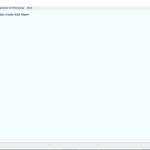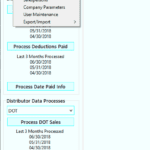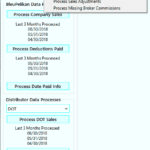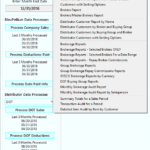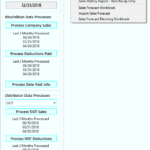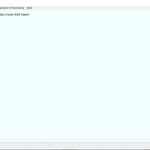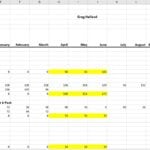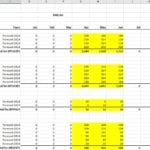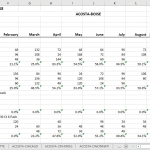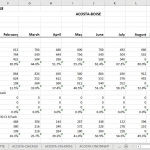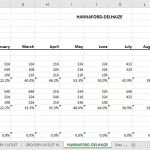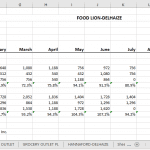PeliKalc™ Broker Commission Calculation & Reporting System and Unit Based Sales Forecasting
PeliKalc™ provides food manufacturers the tools needed for easy calculation and reporting of accurate broker commissions to insure timely payments to their brokers. Detailed commission statements provide each broker the line item detail necessary to confirm the accuracy of their payments, including invoice detail, allowable deductions, credit memos and marketing payments. PeliKalc™ also provides a robust platform for unit based sales forecasting that is easy to configure and use for sales executives and the manufacturing planning team, and detailed consolidated Gross Margin Analysis by customer and item.
We also ingest your external distributor sales and deduction data from such companies as DOT, KeHE, McLane, Sysco and UNFI to name a few. This gives you greater control and visibility to distributor activity and broker payments.
PeliKalc™ was written by Greg Helland, a food company CEO/COO, that also owns/operates a software company. He originally wrote this broker commission and reporting system to solve the age old problem of accurately calculating and reporting broker commissions.
Advantages of PeliKalc™ incudes:
- $$ Savings from processing detailed deductions such as:
- Damage
- Billbacks
- Off invoice
- Cash payment deductions
- Marketing programs including deductions for coupons, etc.
- No Reentry of Data: Uses existing data from your accounting system
- Commission Savings: Average hard dollar savings of 5% on commissions due to accuracy of detailed tracking of broker commissions due (See Manual vs PeliKalc Calculation PDF)
- External Distributor data from DOT, KeHE, McLane, Sysco, UNFI and others can be integrated to your reporting and analysis.
- Clerical Time Savings: Reduction in clerical time calculating and producing broker statements
- Eliminates a myriad of spreadsheets that are maintained to calculate brokerage
- Eliminates errors due to re-entry of or lack of visibility to data
- Accuracy of Broker Payments increased
- Gives higher visibility to this important expense category
- Provides the financial tools needed to efficiently manage the broker network
- Maintains all business rules and exceptions for each customer, item, broker and buying group
- Maintains relationships between customers, brokers and master brokers
- Handles exceptions to standard broker commissions
- Flexibility: Processes broker commissions based upon invoice date or date paid
- Handles broker commissions for re-distributer networks such as DOT
- Reporting:
- Audit reports for review before producing broker statements
- Broker statements by broker
- Broker statements by groups
- PDF’s that can be attached to Accounts Payable entries for backup
- Customer, broker and master broker relationship reports
- Gross Margin Analysis reports that consolidates all allowable deductions + COGS + broker commissions to give the operator a true profit margin by customer.
- Unit Based Sales Forecasting:
- Output pre-formatted Excel worksheets for sales exec’s to forecast sales by customer by item number
- Import unit based sales forecast worksheets back into PeliKalc™ so that production planning worksheets can be output for use by production and distribution planning teams.
Set up an online demo today for yourself or one of your team to see how PeliKalc™ can benefit your company. Click Here to contact us.

